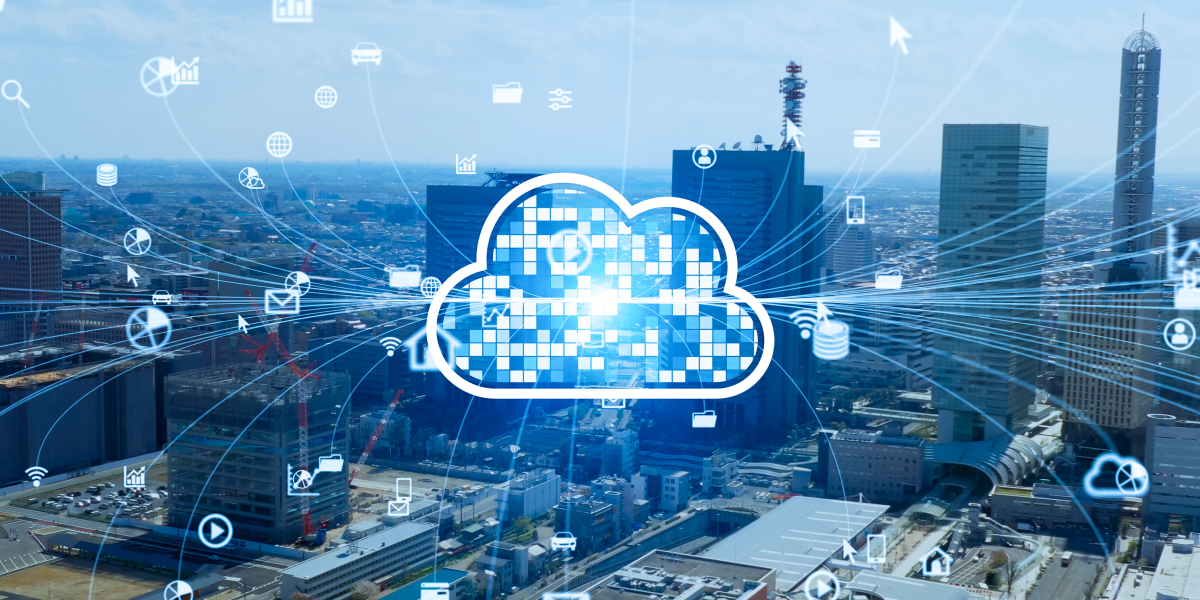AI meets cloud: A synergy shaping the future of IoT

By 2030, the potential value of IoT is expected to reach up to $12.5 trillion globally. This is primarily driven by advances in 5G technology, smart devices, automation, and the broader adoption of AI, cloud, and big data. Such rapid growth is a testament to the power of IoT digital transformation, which is reshaping industries and redefining how businesses operate. In today’s fast-changing business landscape, organizations are increasingly turning to the combined strength of artificial intelligence (AI), cloud computing, and IoT to stay competitive and drive innovation.
The shift toward remote work has accelerated the adoption of cloud solutions, with over 90% of businesses globally leveraging cloud technology by 2023, marking unprecedented growth in emerging technologies. In parallel, AI is expected to become a US$1.8 trillion market by 2030, further driving this IoT digital transformation and reshaping the future of connectivity and business operations.
Here’s how the integration of these technologies is reshaping the future of modern businesses.
The power of cloud: Driving IoT digital transformation
The integration of cloud in the IoT landscape is transforming businesses in many ways.
Real-time operational visibility
IoT cloud platforms allow companies to monitor performance metrics, track asset utilization, and quickly pinpoint inefficiencies. This helps maintain smooth and uninterrupted operations.
Automated inventory management
IoT digital transformation has enabled automation of inventory tracking, and supply chain management. Eliminating manual intervention reduces human error, curbs costs, and drives efficiency.
Personalized customer experience
IoT-powered cloud solutions help deliver personalized customer experience with tailored products, services, and marketing strategies. This boosts customer engagement and fosters loyalty.
Competitive advantage
Cloud computing processes complex datasets generated by IoT devices. AI helps businesses derive actionable insights from them to predict future trends and identify potential opportunities.
Read more: Competitive intelligence analysis: A critical tool to understand your competition
The power of AI: Driving IoT digital transformation
AI is playing a critical role in the IoT digital transformation.
- AI algorithms can effectively improve workplace safety, and cybersecurity by analyzing network traffic and detecting anomalies. This makes it easier to identify potential threats or unauthorized activities.
- The integration of AI and IoT helps businesses enhance operational effectiveness by identifying redundancies and enhancing predictive accuracy.
- AI-powered IoT digital transformation is enhancing business efficiency with improved inventory management. AI allows businesses to predict restocking needs, reduce waste, and strike the demand-supply balance.
- AI-enabled IoT platforms can proactively predict equipment failures, reducing downtime and cutting costs. For example, General Electric employs IoT sensors in aircraft engines, leading to a 25% reduction in maintenance costs through real-time performance monitoring.
Cloud, AI, and IoT: The ultimate technology blend
The integration of AI, cloud, and IoT technologies is actually helping solve critical global challenges. Microsoft, for instance, aims to empower data-driven farming to address the growing need for increasing the world’s food production by 2050. Similar initiatives can be seen across healthcare, manufacturing, retail, and energy. Industries today are more aware of their environmental, ethical, and economical impact. There is a growing interest in making businesses, manufacturing, and even life more sustainable and efficient without wasting resources.
In today’s rapidly evolving business world, companies are embracing the powerful combination of AI, cloud, and IoT to boost efficiency and spark innovation. This trio forms the backbone of Industry 4.0, where technology transforms every industry and business function. By streamlining development processes, reducing technical debt, and speeding up application modernization, these advancements help businesses stay agile and minimize “lock-in” barriers, paving the way for continuous growth and innovation.
Explore our technology solutions today.






